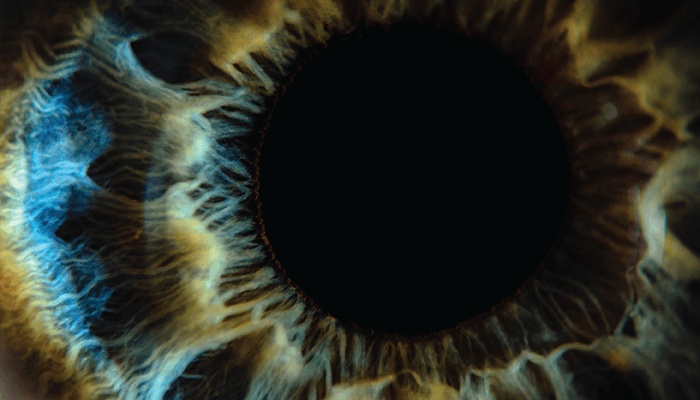
One drop is all it takes. A randomized clinical trial of 312 participants (1) aimed to identify whether perfluorohexyloctane eye drops are effective and safe for Chinese patients with dry eye disease (DED) associated with meibomian gland dysfunction (MGD). The study found that the eye drops significantly, rapidly, and safely improved the signs and symptoms of MGD-associated DED.
Sussing out subpopulations. What is the mechanism responsible for the clinical efficacy of cell injection therapy with fully differentiated cultured cells? To find out, researchers analyzed the polarized expression of ion transporters on cultured human corneal endothelial cells (CECs) subpopulations (SPs) (2). They identified that the differences in intracellular pH between two SPs results in variations in the expression profile of specific ion transporters and mitochondria functions, which may affect the efficacy of cell injection therapy.
Counting the cost. An economic analysis (3) that used time-driven activity-based costing aimed to determine whether the incremental Medicare reimbursement for complex cataract surgery compared with simple cataract surgery is enough to offset the increased costs. The results suggest that the reimbursement undervalues complex cataract surgery, as it had a negative earnings difference of US$646.84 compared with simple cataract surgery.
Cyclosporine conclusions. To determine whether a water-free cyclosporine (0.1%) eye drop was effective in treating dry eye disease (DED), researchers conducted a randomized, double-masked, vehicle-controlled clinical trial of 834 patients with moderate to severe DED (4). They found the solution was effective for treating dry eye-related keratitis and was well tolerated. Total and central corneal staining score displayed improvements after only two weeks of treatment, continuing to day 29.
Another dimension. Scientists from the Centre for Ocular Research & Education (CORE) have created “one of the most sophisticated 3D printing environments for ocular research in the world” – an innovation that is said to have widespread applications, potentially accelerating the future development of drug delivery systems and biodegradable contact lenses. CORE’s latest research was unveiled during ARVO’s 2023 Annual Meeting in New Orleans.
In Other News…
Eat your greens. Prospective cohort study from the UK Biobank finds that more fruit and vegetable intake – especially legumes, tomatoes, apples and pears – is associated with a lower risk of cataract. (5)
Quick off the mark. Randomized clinical trial indicates that a three-week course of weekly oral azithromycin is equivalent to a six-week course of oral doxycycline for treating moderate to severe meibomian gland dysfunction. (6)
Predicting with pterygium. Study finds pterygium-associated changes in optical parameters, including a significant induction of corneal astigmatism, irregularity, and some higher-order aberrations (HOAs), can be predicted by the length, width, and area of the pterygium. (7)
Eyes wide shut. Researchers have looked at plant-derived heteropolysaccharide pectin as having potential bioadhesive advantages for corneal injuries, finding pectin strongly adheres to the corneal glycocalyx. (8)
Diabetic cataract insights. New TVST study explores the mechanism of lens epithelial cells (LECs) apoptosis to provide potential new insights into risk factors and pathogenesis of diabetic cataract. (9)
Cataract surgery costs. Researchers investigate the cost-effectiveness of femtosecond laser-assisted cataract surgery (FLACS) when compared with phacoemulsification cataract surgery, suggesting FLACS must be improved in effectiveness to prove cost-effective. (10)
References
- L Tian et al., JAMA Ophthalmol, 141, 385 (2023).PMID: 36929413.
- H Deguchi et al., Scientific Reports, 12, 6263 (2022). PMID: 35428816.
- DS Portney et al., JAMA Ophthalmol, 141, 358 (2023). PMID: 36892825.
- EK Akpek et al., JAMA Ophthalmol, 141, 459 (2023). PMID: 37022717.
- H Fan et al., Eye, [Online ahead of print] (2023). PMID: 36973404.
- P Upaphong et al., 141, 423 (2023). PMID: 36951835.
- CH Yoon et al., Scientific Reports, 13, 7328 (2023). PMID: 37147412.
- BS Liu et al., Transl Vis Sci Technol, 12, 20 (2023). PMID: 37204800.
- X Yin et al., TVST, 12, 9 (2023). PMID: 37159192.
- A Bénard et al., JAMA Ophthalmol, [Online ahead of print] (2023). PMID: 37200037.
